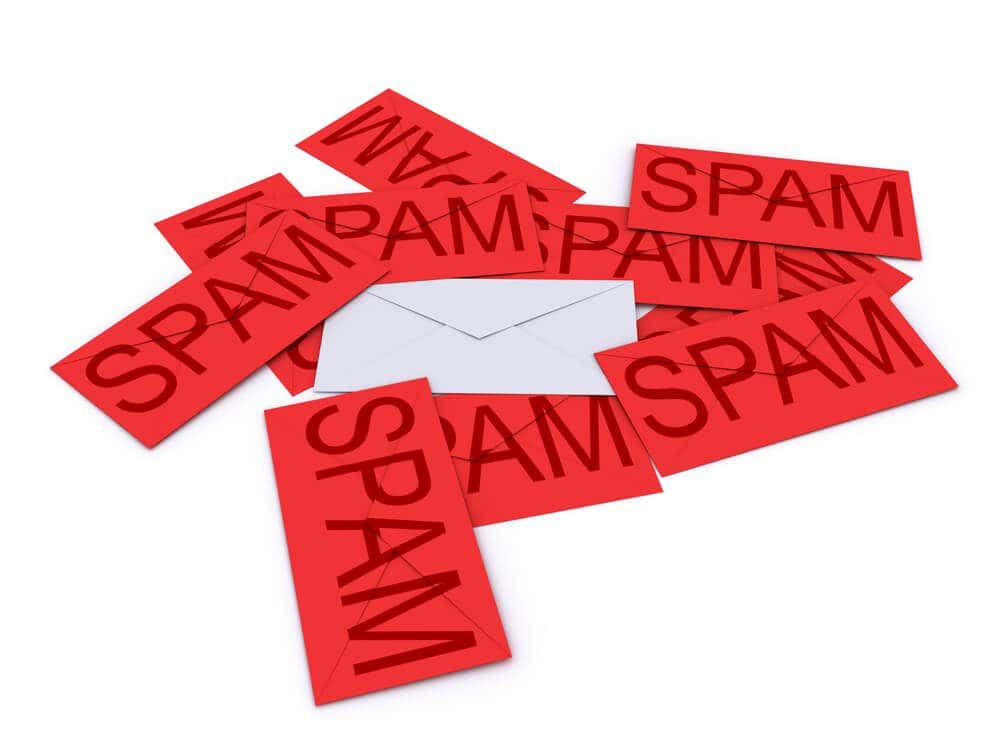
Use These 5 Smart Tricks To Avoid Spam Filters
Healthcare content marketing is a way to promote and market your healthcare business or organization by creating and distributing engaging, informative, and persuasive content. This can include blog posts, articles, videos, infographics, social media posts, etc.
With roughly 80% of marketers reporting an increase in email engagement over the past 12 months, it's become clear that email is still one of the most effective channels for healthcare content marketing.
And yet, many healthcare marketers struggle to create content that resonates with their audience and makes it past the spam filter. In this article, we'll share five healthcare email marketing tricks to avoid spam filters and ensure your content reaches its intended audience. Let's begin!
Why Are Spam Filters Important?
Before we dive into our tips, it's important to understand why spam filters are important and how they work. Email providers use spam filters to protect users from receiving harmful or unwanted emails. These filters use a variety of factors to determine whether an email should be marked as spam, including the sender's reputation, the content of the email, and the recipient's interactions with similar emails.
While spam filters are essential for protecting users, they can also unintentionally block legitimate emails, including those from healthcare marketers. In fact, nearly 85% of all emails are labeled as spam. This is why it's essential to understand how spam filters work and what you can do to avoid them.
What Do Spam Filters Look For?

There are a few key things that spam filters look for when determining whether to mark an email as spam. These include:
1. How Often Emails Are Opened?
One of the most important factors that spam filters look at is how often the emails you send are opened. If your emails have a high open rate, it's likely that your email is not being marked as spam. However, if you have a low open rate, it's possible that your email is being caught in a spam filter. To ensure that your email is not being caught in a spam filter, send quality content that your audience will actually want to read.
2. Moving Between Folders
When an email is moved from one folder to another, it's a signal to spam filters that the email is unwanted. This is because spam filters are designed to catch emails that are unwanted or unimportant. If you find that your email is being moved to a spam folder, be sure to check the content of your email and make sure it's relevant and interesting to your audience.
3. How Frequently People Respond To Your emails
Another factor that spam filters look at is how often people respond to your emails. If you find that people are not responding to your emails, it's possible that your email is being caught in a spam filter. To avoid this, you'll want to make sure that your emails are well-written and contain relevant, exciting information.
4. Adding Your Email to Their Address Book
When people add your email to their address book, it's a sign to spam filters that your email is not spam. Spam filters are designed to catch emails that are unwanted or unimportant. If you find that your email is being caught in a spam filter, be sure to add it to your audience's address book.
5. Moving Out of Junk
Lastly, if an email is moved from the junk folder back to the inbox, it's another sign that the email is not spam. If users want your email in their inbox, it's likely that your email is not being caught in a spam filter.
What's The Easiest Way To Avoid Spam Filters?

Now that you have a basic idea of what spam filters are and how they work, let's take a look at the best ways to avoid them.
1. Send to Those Who Opt-In
One of the most effective ways to ensure that your email doesn't get caught in a spam filter is to send it only to those who have opted-in to receive it. This means that they have given you permission to contact them via email. When you send your email to only those who have opted-in, you are much less likely to have your email marked as spam.
2. Only Send Relevant and Timely Emails
Another way to avoid spam filters is to make sure that your emails are relevant and timely. This means that they should be about topics that your audience is interested in and that they should be sent at a time when your audience is likely to read them.
3. Use the Right “From” Name
Making sure that your “from” name is accurate is another excellent way to avoid spam filters. This is because spam filters are designed to catch emails that are pretending to be from someone they're not. So if your “from” name is accurate, it's less likely that your email will be caught in a spam filter.
4. Make It Easy to Reply to Your Emails
One of the best ways to make sure that your email doesn't get caught in a spam filter is to make it easy for people to reply to your emails. Including a "reply-to" email address that is different from your "from" email address will make it easier for people to reply to your email and will reduce the chances of your email being caught in a spam filter.
5. Don't Overdo It
Last but not least, avoid overdoing it with your emails. Send one email per week to each person on your list. If you send more than one email per week, there is a greater chance that your email will be caught in a spam filter.
Summing Up
When it comes to avoiding spam filters, ensure you send quality content to those who have opted-in to receive your emails. This will reduce the chance that your email is caught in a spam filter and improve the odds that your audience will actually read what you have to say.
At Digital Authority Partners, our team of healthcare marketing experts can help you develop and execute an email marketing campaign to avoid spam filters and engage your audience. Contact us today to learn more about our services.
Want To Meet Our Expert Team?
Book a meeting directly here




